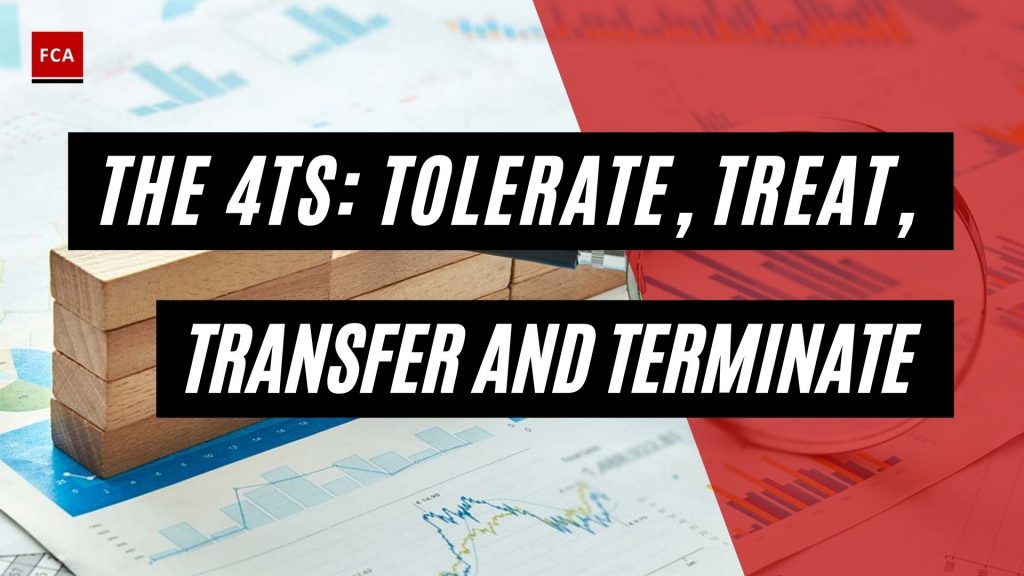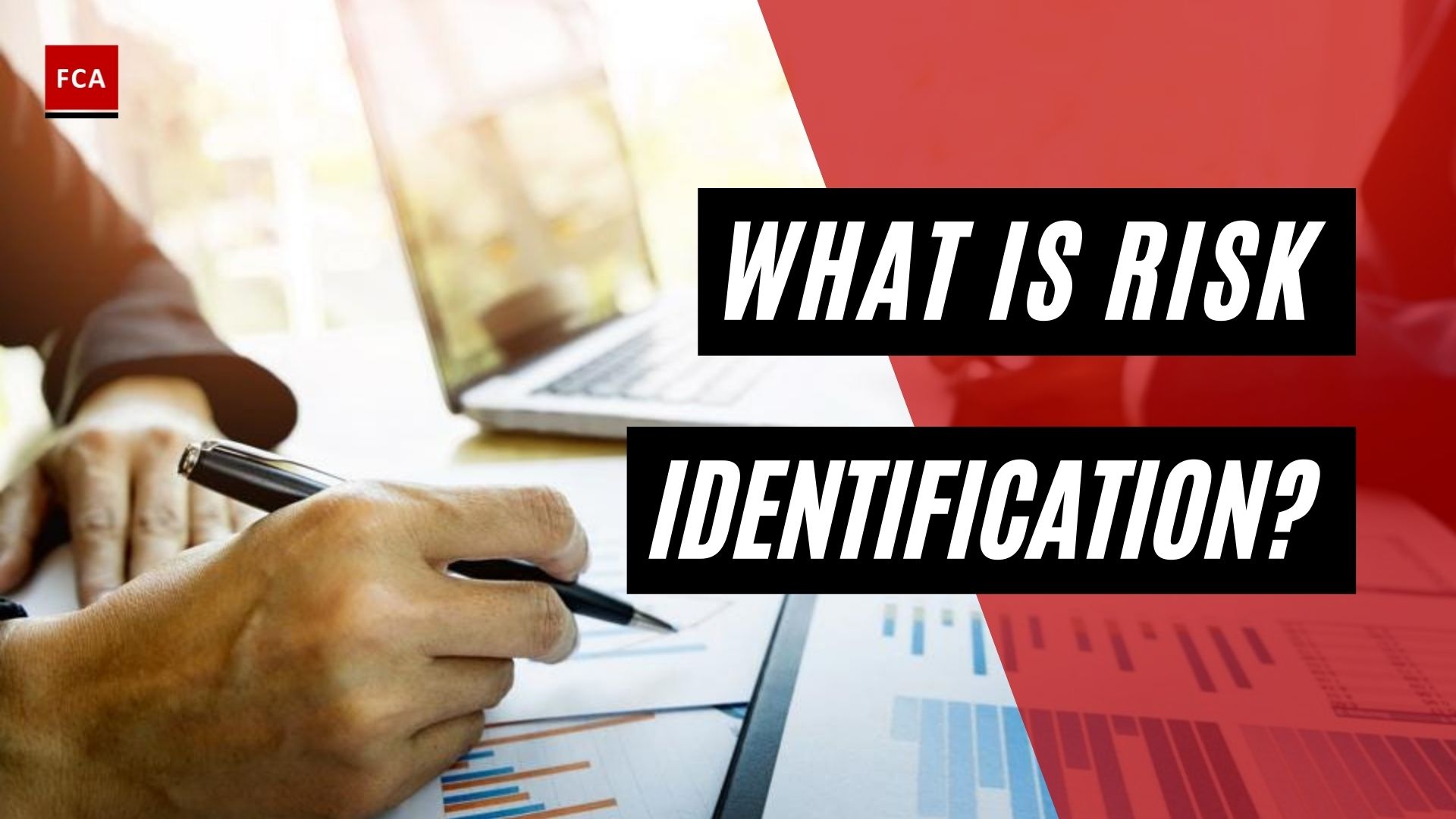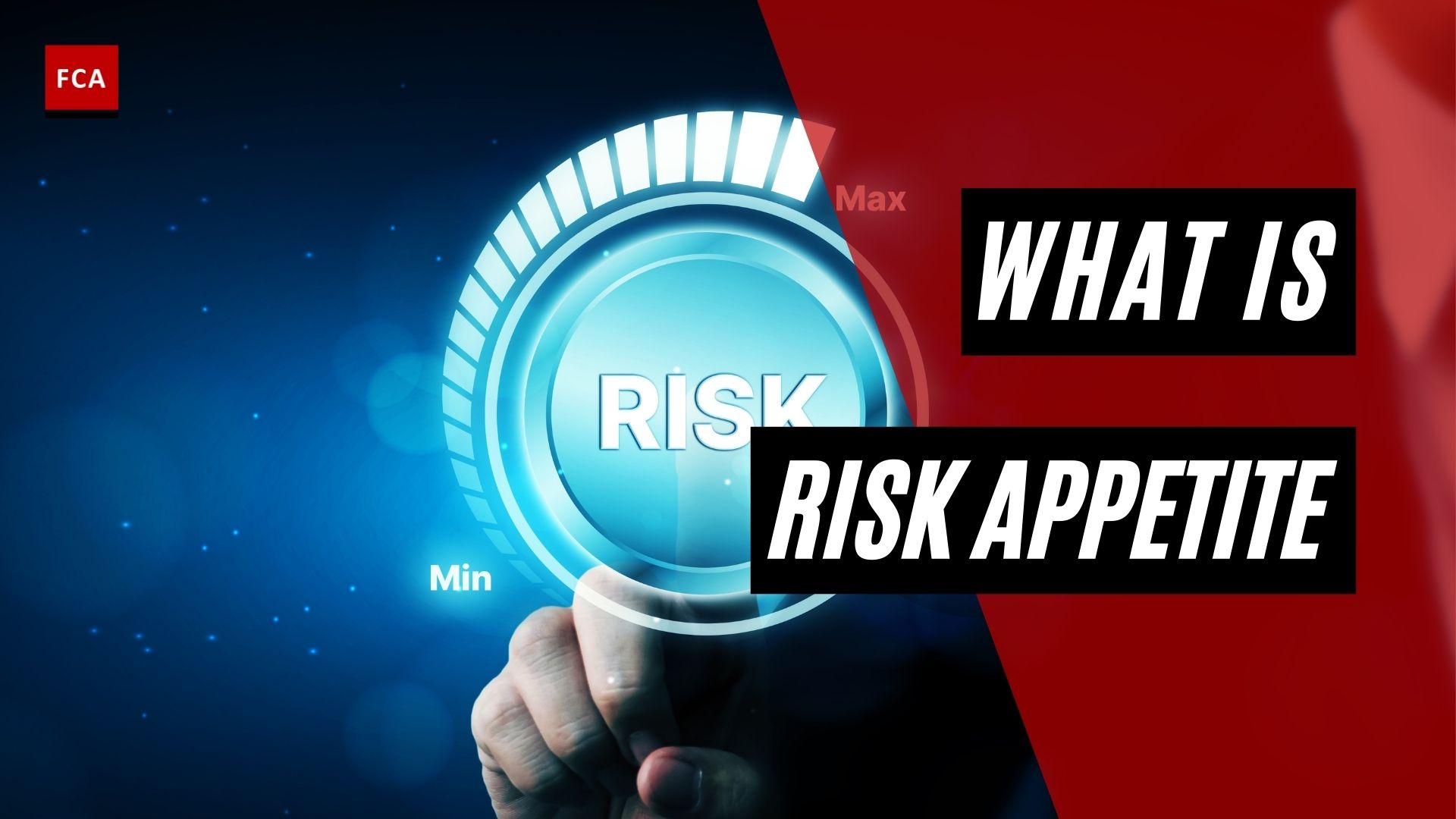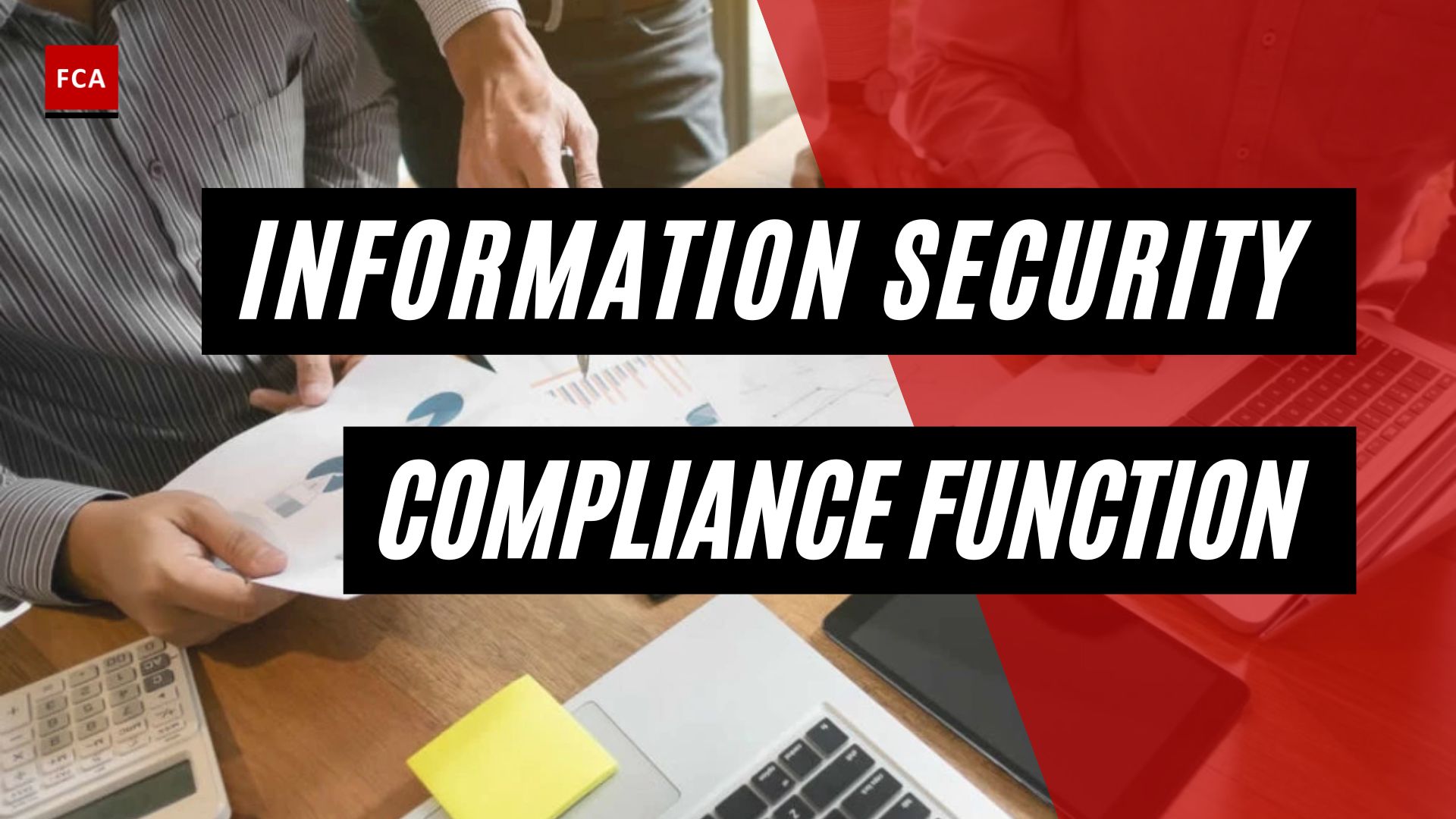Tolerate, treat, transfer and terminate or the 4Ts. Organizations are subject to several types of risks, for which decisions on risk retention and transfer must be made. If the organization has created effective internal controls to reduce the risks, the risks should not be transferred to another third party. Nevertheless, if the risks are of such a kind that transferring them to another party is unavoidable, organizations should consider transferring the risks. One method of shifting financial risks associated with asset damage is to have all assets covered by an insurance firm.

The 4Ts: Tolerate, Treat, Transfer And Terminate
Enterprise hazards are unpredictable and might occur at any time. As a result, it is critical to recognize that fraud risks can greatly influence the organization’s goals and profitability.
A good way to summarize the different responses to enterprise risks is with the 4Ts of risk management: tolerate, terminate, treat, and transfer.
Tolerate refers to when organizations retain the enterprise risk because they are within acceptable limits in cases when the likelihood and impact of the enterprise risk are low. The management must log and monitor the enterprise risks retained because retaining enterprise risks should always be an informed decision. Management develops tolerance levels for the major processes and related risks.
Such tolerance levels are defined to ensure that risk impacts must not exceed the defined tolerance level. Risk tolerance levels must be communicated to the relevant process owners to ensure that they periodically review and monitor the assessment process of identified risks. Suppose the risk assessment process indicates that the potential impact of the risk may exceed the defined risk tolerance level. In that case, management must consider other appropriate strategies such as termination or transfer of risks.
Termination refers to ensuring that those processes and activities that create more significant risks than benefits should be terminated at shutdown. Some enterprise risks may be outside the enterprise risk appetite limits or assessed as having such a severe impact on the organization that resulted in stopping the particular activity causing it. For example, organizations may decide not to continue with a business activity in a particular region or country.
Treat refers to when organizations might choose to take action on the most serious enterprise risks to lessen the possibility or severity of such risks. The action done by management to counter the possible impacts of the recognized risks is referred to as risk treatment. The goal is to guarantee that recognized risks are managed by effective controls, allowing a company to avoid possible financial, reputational, and operational losses. Management is responsible for developing the structures, resources, and procedures needed to respond to recognized hazards across the organization.
Risk treatment is a regular and continuous process that risk owners need to perform to ensure that the implemented internal controls are effective enough to reduce the possible impact of the identified risks. The effectiveness of risk treatment is also assessed because if the risk treatment process is ineffective, then indirectly, the risks are not appropriately treated, which may result in potential financial, reputational, operational, and legal losses.
Transfer refers to when organizations transfer enterprise risks by entering into Insurance arrangements. The cash management function of the company may be insured so that if the enterprise occurs and cash is embezzled, the organization may be compensated for the loss. Through risk transfer, the organization reduces or eliminates the potential impact of the risks. Risk transfer incurs a cost to the organization, but the cost should be lower than the potential impact of the particular risk. The senior management must make risk transfer decisions considering the cost and benefit of risk transfer.
Risk Management
Risk management is known as identifying, assessing, and controlling threats to an organization’s capital and earnings. Financial uncertainties, legal liabilities, technology issues, strategic management errors, accidents, and natural disasters are all potential sources of risk.
A successful risk management program allows a company to consider all of its risks. Risk management also looks at the link between risks and their potential to cascade into an organization’s strategic goals.
Final Thoughts
Tolerate, treat, transfer and terminate or the 4Ts. Organizational value is created and protected through risk management. As a result, it should be a natural and integral part of every company’s operations. Because it explicitly addresses uncertainty, risk management is an important part of decision-making.
Risk is an ambiguous term. It’s possible. It’s possible it won’t. However, it is significant because it will impact on the objectives. These could be favorable, unfavorable, or neutral. There are always several risk management options available.








